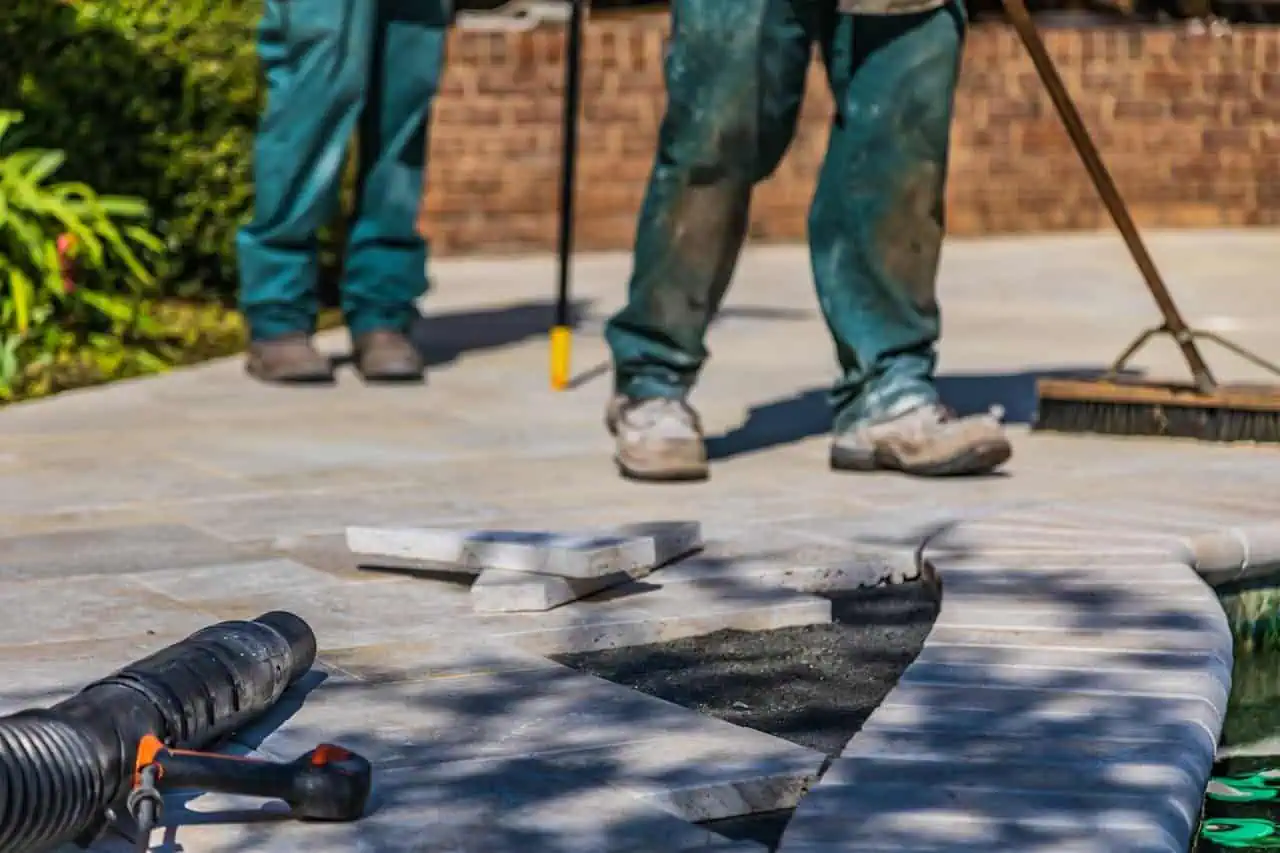When it comes to construction and landscaping, the materials you choose can make a huge difference. Whether you’re trying to manage flood risk, stabilise a slope, or keep soil in place, you need practical, reliable, and long-lasting solutions.
Polypropylene sand bags tick all these boxes. They’re cost-effective, easy to handle, and strong enough to withstand the challenges of construction and landscaping tasks.
In this article, you’ll learn why these durable bags are a wise investment for your next project. Read for the details!
Durable and Weather-Resistant
Polypropylene is a synthetic plastic polymer, and its durability is one of the main reasons it’s widely used. Sand bags made from this material are designed to withstand harsh environmental conditions.
Unlike traditional hessian bags, which can rot or degrade over time, manufacturers produce polypropylene sand bags to resist mould, mildew, and moisture. This makes them ideal for outdoor projects where exposure to the elements is unavoidable.
These bags also hold up well in extreme temperatures. Whether you’re working in cold or scorching heat, you won’t have to worry about them breaking down or losing their shape. That means fewer replacements and less hassle for you in the long run.
Lightweight Yet Strong
One of the best features of polypropylene sand bags is that they’re lightweight without compromising strength. This makes them easy to transport and handle on-site, even when working alone or in tight spaces. You can move, stack, and position them quickly, which helps save time and energy.
Despite their lightweight, these bags are remarkably strong. They can hold a significant amount of weight without tearing or bursting. This is especially useful for construction zones where stability and reliability are key. Their strength also means they can withstand pressure when used to reinforce structures or form barriers.
Cost-Effective for Large-Scale Use
Construction and landscaping projects can be expensive, so finding affordable materials that don’t sacrifice quality is crucial. Polypropylene sand bags are relatively inexpensive, especially when purchased in bulk. This makes them a cost-effective option for large-scale projects like retaining wall construction, erosion control, and flood defence.
Their durability also means you get more use out of each bag. Because they don’t degrade quickly, you can reuse them in different project stages or for future jobs. Over time, this can lead to significant savings in money and material waste.
Ideal for Flood Control and Erosion Management
Flooding and soil erosion are common concerns in the landscaping and construction industry. Polypropylene sand bags are widely used for flood control because they create effective barriers that redirect or contain water. When stacked correctly, they form a solid wall that can protect properties, construction sites, and landscapes from water damage.
They also prevent erosion on slopes, embankments, and riverbanks. You can use them to stabilise soil, support retaining structures, or reinforce weak ground areas. Their ability to remain stable even in wet conditions makes them reliable in these roles.
Versatile for Different Applications
Polypropylene bags aren’t just for emergencies or large-scale work. They’re highly versatile and suitable for a wide range of tasks.
These bags can help with terracing, pathway construction, or garden bed edging in landscaping. In construction, they’re helpful for trench protection, scaffolding base support, and foundation work.
Their adaptability means you can use them creatively to solve various on-site challenges. Whether you’re a professional contractor or a hands-on homeowner, polypropylene sand bags offer a flexible solution that fits a broad range of needs.
Easy to Store and Maintain
Storage is another area where polypropylene sand bags shine. You can flatten and stack them when not in use to save space. They’re also resistant to pests, so you won’t have to worry about insects or rodents damaging your supply.
Maintaining them is just as simple. A quick rinse will usually remove dirt or debris, and they can be dried out and reused multiple times. This ease of maintenance adds to their cost-effectiveness and makes them a convenient choice for ongoing work.
Eco-Friendly Options Available
While traditional polypropylene isn’t biodegradable, eco-friendly options are now available. Many manufacturers offer recyclable or reusable bags; some even produce biodegradable versions. This means you can make wise environmental choices without compromising on performance.
Using reusable bags reduces waste and minimises the number of materials you need to buy for future projects. If sustainability is part of your project goals, it’s worth looking into these greener alternatives.
Conclusion
Choosing the right materials is crucial for the success of any construction or landscaping project. Polypropylene sand bags offer a smart balance of strength, cost-efficiency, and versatility. They’re durable enough to withstand harsh conditions, light enough for easy use, and effective in various applications. Whether you’re battling floods, stabilising soil, or creating new outdoor features, these bags provide a reliable and practical solution you can trust.

